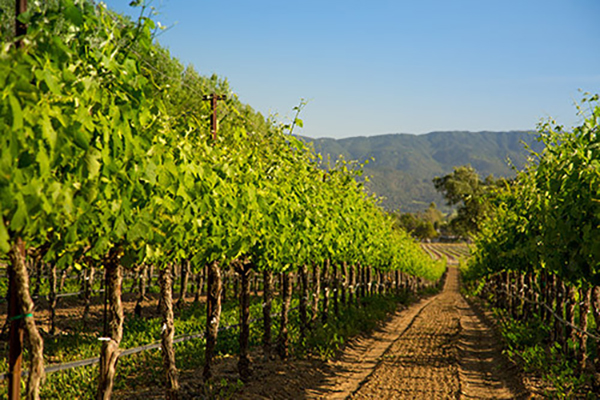In the more temperate climates of the West, there are millions of acres of permanent crops. Nut crops, vineyards and tree fruit dot the landscape everywhere you look. What will real estate lenders be looking for?
When you’ve gone to your operating lender and they, for various reasons, have decided not to loan on your real state, then you will need to seek out an experienced long term ag real estate lender. They will, of course, be analyzing your cash flow capabilities, but the ultimate source of repayment should things go awry will be your real estate collateral.
- Know the true value of your property.
Resist taking the highest recent comparable sale in your area and plugging that value into your application. That very well may be the value, but more than likely there is some good and not-so-good collateral being offered. Some of the property may be past it’s prime in production or conversely it may have just been planted. Soils might be stronger on some parcels and weaker on others. Water availability can vary significantly, especially if the parcels are geographically diverse. Access your entire collateral and post a realistic, if not conservative value.
- Don’t rely on over improvements.
Don’t rely on over improvements to shore up that real estate value. As mentioned above, the real estate lender will be looking strongly at cash flow. If the improvements you are including don’t contribute significant cash flow, they will likely be discounted heavily come appraisal time. Large houses for the size of parcel, more shop than needed to normally maintain the collateral property’s equipment, air strips – you get the idea.
- Water is everything.
Irrigation water is likely the most important element on most western farm properties. With insufficient or no supply disaster usually follows. More importantly than ever, be able to supply your real estate lender with a water plan or budget. Show them all sources of water, rather underground or surface water, the amount available, the quality and the cost. Be able to show how you faired during the most recent drought period. Was there a shortage during that time? The new California SGMA law is adding even more pressure to this water situation. Work closely with your water districts and fully understand where your supplies might end up when SGMA is fully enacted. Not knowing will not give your lender confidence.
- Development properties.
All of those older trees or vines started out as babies at one time. Financing them can be a little tricky. You should know when your trees or vines will be coming into production and contributing to the cash flow once again. Hardwoods like pistachios, walnuts and pecans will take longer than almonds, fruit trees and vines. During this non-productive stage, of say 4 to 7 years, financing the cost of development may be necessary to ease the case flow. In most cases interest only loans are available during this period. Be very cautious of the percentage of your acreage not producing at any one time. Depending on strength of your cash flow, likely 75% to 90% of the acres should be in full production at any one time to support the non-producing acres. When securing an appraisal, be sure to obtain an “as is” and an “as will be” value to reflect the current immature value and the anticipated value once in full production. Lenders will also want a detailed development budget.
Sometimes this loan process can be confusing so rely on the experts to assist you when needed. This includes CPAs, realtors, appraisers, water experts, processors, bankers, real estate lenders and sometimes your attorney.
If you’re ready to refinance or make your next land purchase and have questions, start the process by contacting a Conterra Ag Capital lending specialist today.





